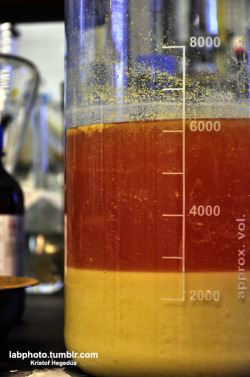Quote: Originally posted by froot  | | I would also suggest that it has much to do with the growing awareness of the health hazards from exposure to countless compounds. Smaller quantities
are easier to crisis manage and dispose of without major expense. The newer school of thought: "if it's toxicity is unknown, then it's deadly" springs
to mind which is not exactly in favour of old style bench top chemistry. |
I work with benzene, CCl4, chlorine, bromine, brucine, several organic halogens, carcinogen stuffs and a lot "hazardous" material and I'm still
alive. If everyone is a pussy to work with real reagents then I would suggest to don't work as a chemist. Chemistry is about hazardous materials, just
don't be afraid from it and there will be no problem, according to my experiences.
And for the "new school thought", that if it's unknown it will kill you... No comment. |



















 . Or "is that scraped cellulose
from the filter paper, or my product"...
. Or "is that scraped cellulose
from the filter paper, or my product"...









 )
)
 I feel like this similar topic was covered
quite some time ago. Plus, everyone needs to follow that Tumblr
I feel like this similar topic was covered
quite some time ago. Plus, everyone needs to follow that Tumblr 





 of stars, by one estimation. The approximate number of
atoms in the universe is calculated to be nearly 10<sup>80</sup> (again, estimates vary). Finally, by one estimate, the mass of the
observable universe has been calculated to be 8 × 10<sup>52</sup> kg.
of stars, by one estimation. The approximate number of
atoms in the universe is calculated to be nearly 10<sup>80</sup> (again, estimates vary). Finally, by one estimate, the mass of the
observable universe has been calculated to be 8 × 10<sup>52</sup> kg.
